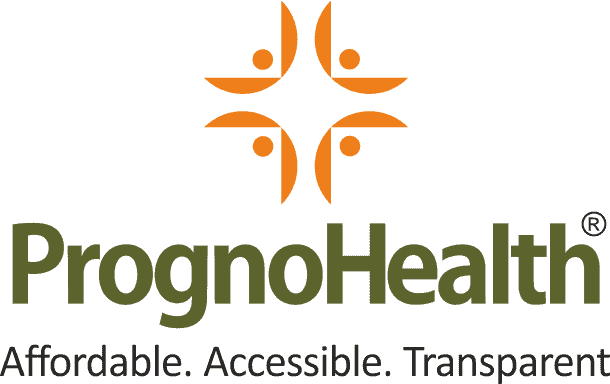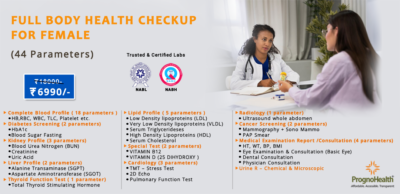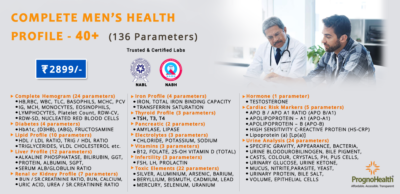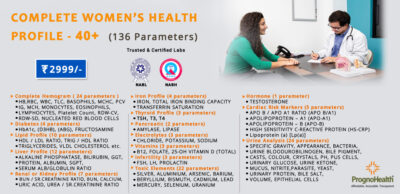Dengue – The Mosquito Menace
Dengue, a mosquito-borne viral disease, poses a significant health risk globally, including India. By understanding the origins of this silent threat, we can better equip ourselves with knowledge to prevent its spread and protect our communities. According to the most recent statistics, 1,10,473 dengue cases were recorded in India between January and October of 2022, which is comparable and slightly higher than the number of cases reported in 2018 (1,01,192). This shows that dengue is an illness that needs the entire focus of India’s healthcare system. Let’s understand the causes, symptoms, treatment, and preventive tips to mitigate the severity of this illness.
Causes of Dengue:
• Aedes Mosquitoes: The main cause of dengue is the bite of infected Aedes mosquitoes, particularly the species Aedes aegypti and Aedes albopictus. These mosquitoes serve as vectors for the dengue virus, transmitting it from infected individuals to healthy individuals. Aedes mosquitoes are most active during the daytime, with peak biting periods in the early morning and late afternoon.
• Viral Transmission: When a female Aedes mosquito bites a person infected with the dengue virus, it ingests the virus along with the blood meal. The virus replicates within the mosquito’s body and eventually migrates to its salivary glands. Once the mosquito becomes infective, it can transmit the virus to other individuals through subsequent bites.
• Multiple Serotypes: The dengue virus has four distinct serotypes (DEN-1, DEN-2, DEN-3, and DEN-4), and each serotype can cause dengue fever. Multiple serotypes co-circulate in many regions, increasing the risk of individuals being exposed to different serotypes over time. In some cases, subsequent infections with different serotypes can lead to more severe forms of dengue, such as dengue hemorrhagic fever (DHF) or dengue shock syndrome (DSS).
• Travel-Related Cases: Dengue can be introduced to new areas through travel. When individuals infected with dengue travel to regions where the Aedes mosquitoes are present, they can serve as a source of infection for local mosquito populations. This can result in local dengue outbreaks and the potential spread of the disease to new areas.
• Environmental Factors: Environmental conditions play a role in dengue transmission. Aedes mosquitoes breed in stagnant water, making areas with poor sanitation, improper water storage practices, and inadequate waste management more susceptible to mosquito breeding. Increased urbanization, population growth, and climate change can create favorable environments for mosquito breeding and dengue transmission.
It is important to note that dengue is not directly transmitted from person to person. Mosquitoes act as the intermediary in the transmission cycle, highlighting the significance of mosquito control measures in preventing the spread of dengue.
Symptoms of Dengue:
Dengue is characterized by a wide range of symptoms, which can vary from mild to severe. It is important to recognize the signs of dengue to seek timely medical care. Here are the common symptoms associated with dengue:
• High Fever: One of the primary symptoms of dengue is a sudden onset of high fever, often exceeding 101°F (38.5°C). The fever is usually continuous and may last for 2 to 7 days. It is often accompanied by other symptoms.

• Severe Headache: Dengue fever is frequently accompanied by severe headaches, which can be intense and persistent. The headache is typically located behind the eyes or in the frontal area of the head.
• Joint and Muscle Pain: Dengue commonly causes joint and muscle pain, also referred to as myalgia and arthralgia, respectively. The pain is often described as a deep, aching sensation and can affect multiple joints and muscles throughout the body. It may be particularly prominent in the lower back, knees, and limbs.
• Rash: Many individuals with dengue develop a characteristic rash. The rash typically appears 2 to 5 days after the onset of fever and often spreads from the torso to the limbs, resembling a measles-like pattern. The rash may disappear and reappear during the course of the illness.
• Fatigue and Weakness: Fatigue and weakness are common symptoms of dengue. Patients often experience a general feeling of tiredness and lack of energy, which can persist even after the fever subsides.
• Mild Bleeding: Some individuals with dengue may experience mild bleeding, such as nosebleeds, bleeding gums, or easy bruising. This occurs due to the decrease in platelet count, a condition known as thrombocytopenia, which is common in dengue infections. Severe bleeding is rare but can occur in severe cases.
It is important to note that in severe cases, dengue can progress to dengue hemorrhagic fever (DHF) or dengue shock syndrome (DSS). Warning signs of severe dengue include severe abdominal pain, persistent vomiting, bleeding gums, rapid breathing, and a decrease in urine output. Immediate medical attention is necessary if any of these signs or symptoms are present.
If you suspect you or someone else may have dengue, it is crucial to seek medical care for proper diagnosis and management. Early detection and appropriate treatment can help prevent complications and promote a speedy recovery.
Treatment of Dengue:
• Supportive Care: There is no specific antiviral treatment for dengue. Most cases of dengue can be managed with supportive care, which focuses on relieving symptoms and preventing complications. This includes bed rest, ensuring adequate hydration, and providing over-the-counter pain relievers such as acetaminophen (paracetamol) to reduce fever and alleviate pain.
• Fluid Replacement: Maintaining fluid balance is crucial in dengue management. Oral rehydration solutions or intravenous fluids may be administered to prevent dehydration and restore electrolyte imbalances. Close monitoring of fluid intake and output is essential, especially in severe cases where fluid loss can be significant.
• Pain Management: Pain and discomfort associated with dengue can be relieved with painkillers such as acetaminophen (paracetamol). It is important to avoid non-steroidal anti-inflammatory drugs (NSAIDs) like aspirin, ibuprofen, or naproxen, as they can increase the risk of bleeding.
• Hospitalization for Severe Cases: Severe dengue cases, such as dengue hemorrhagic fever (DHF) or dengue shock syndrome (DSS), require hospitalization for close monitoring and specialized medical care. Intravenous fluid replacement, blood transfusions, and other interventions may be necessary to manage complications and stabilize the patient’s condition.
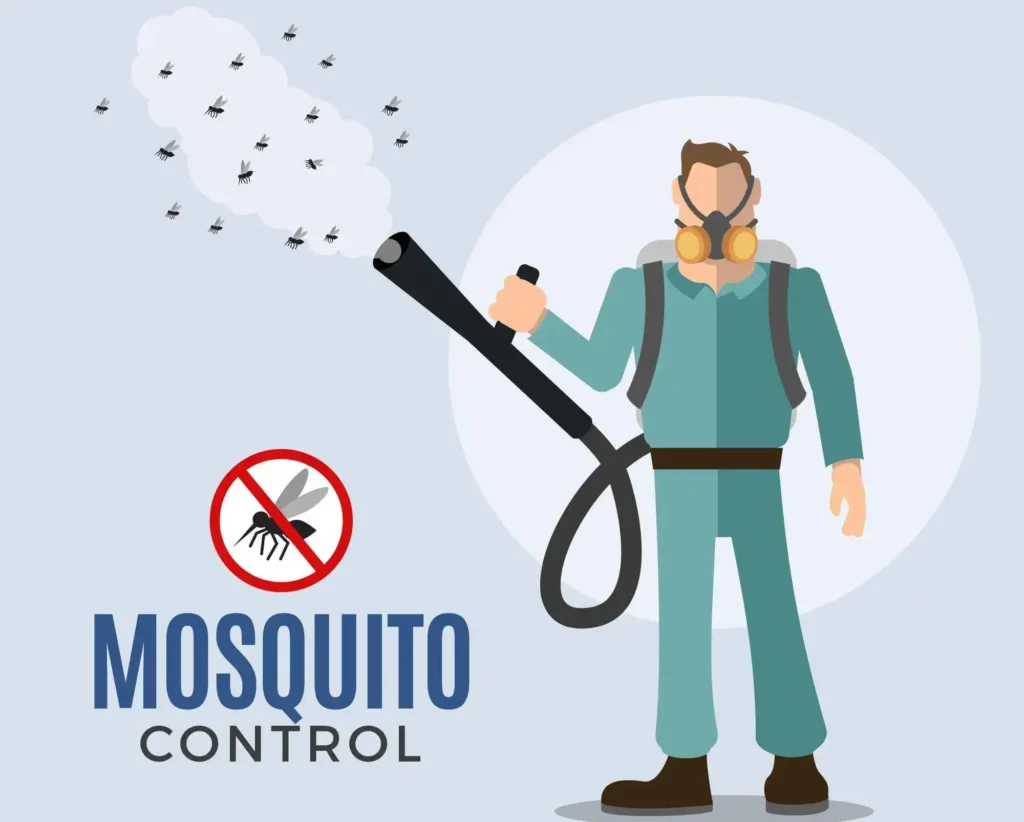
Prevention of Dengue:
• Mosquito Control: Preventing mosquito breeding is key to dengue prevention. Measures include eliminating stagnant water sources where mosquitoes breed, such as flower vases, containers, and discarded tires. Regularly empty and clean water storage containers, and ensure proper drainage systems.
Use mosquito nets, screens on doors and windows, and insecticides to keep mosquitoes out of living areas.
• Personal Protection: Individuals should take personal protective measures to avoid mosquito bites. This includes wearing long-sleeved clothing, using mosquito repellents on exposed skin, and sleeping under bed nets, especially during peak mosquito activity hours. It is important to note that Aedes mosquitoes, the primary dengue vectors, are most active during the day.
• Community Engagement: Community involvement plays a vital role in dengue prevention. Raising awareness about dengue and its prevention measures can help individuals adopt preventive practices. Community clean-up drives, organizing campaigns, and educating people about the importance of maintaining clean and mosquito-free environments can contribute to a collective effort in preventing dengue outbreaks.
• Travel Precautions: If traveling to regions with known dengue transmission, individuals should take precautions to avoid mosquito bites. Use mosquito repellents, wear protective clothing, and stay in accommodations with screened windows or air conditioning. Travelers should also be aware of dengue symptoms and seek medical care if needed.
Timely diagnosis, supportive care, and proper management play a crucial role in minimizing the impact of dengue on individuals. Adequate fluid intake, rest, and pain management are important components of dengue treatment. Prevention is key to reducing the incidence of dengue. Effective mosquito control, including eliminating breeding sites and using protective measures to avoid mosquito bites, can significantly reduce the risk of dengue transmission. Community engagement and awareness campaigns are vital in promoting preventive practices and maintaining clean environments.
Remember, if you suspect you or someone you know may have dengue, it is essential to seek medical care for proper diagnosis and management. Early detection and appropriate treatment can help prevent complications and promote a speedy recovery.
.
Related Blogs
Blog Categories
Top rated products
-
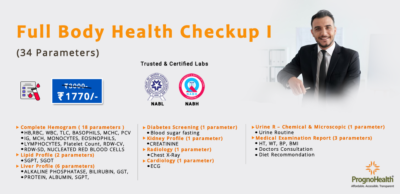 Full Body Health Checkup I
Rated 5.00 out of 5
Full Body Health Checkup I
Rated 5.00 out of 5₹3,000.00Original price was: ₹3,000.00.₹1,770.00Current price is: ₹1,770.00. -
 MFG IND PACK III
MFG IND PACK III
₹3,900.00Original price was: ₹3,900.00.₹2,145.00Current price is: ₹2,145.00. -
 Healthy Life Advance Male
Healthy Life Advance Male
₹15,000.00Original price was: ₹15,000.00.₹8,250.00Current price is: ₹8,250.00. -
 HealthGuard Pro – Female – 86 Parameters
₹999.00
HealthGuard Pro – Female – 86 Parameters
₹999.00
-
 Progno Health IV
Progno Health IV
₹8,000.00Original price was: ₹8,000.00.₹4,400.00Current price is: ₹4,400.00.
About Us
Progno Health is a Corporate Health & Wellness Specialist providing services to Pan India. We offer Pre-employment Health Checkup Packages, Annual Health Checkup Packages, Executive Health Checkup Packages, Occupational Health Checkup Packages, and other Health & Wellness Services.
